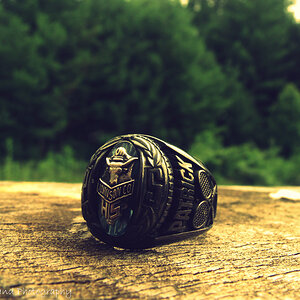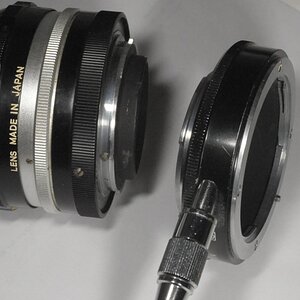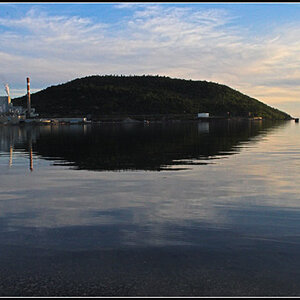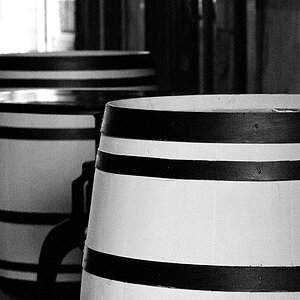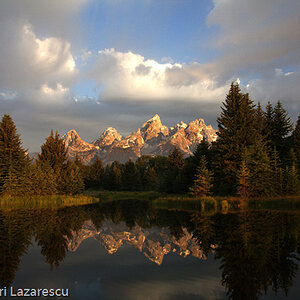uplander
TPF Noob!
- Joined
- Mar 22, 2008
- Messages
- 536
- Reaction score
- 0
- Location
- S.E. WI.
- Can others edit my Photos
- Photos OK to edit
Without going overboard. I want to build a computer with photo editing, web building, some video editing and storage in mind. What processor would you go with?
i7, i5 or other and which version and why?
is 8 GB DDR3 enough or should I load 16 GB or even more?
What video card?
Internal hard drive.
2TB RAID 0 striping
1TB RAID 1 mirror (2 x 1TB )
Ext storage
Seperate stand alone large 1TB or bigger HD's
or go the toaster route with with smaller hot swappable internal HD's
Another thought is going with a a single 1 or 1.5 TB internal HD in the computer and a toaster/ HD duplicator and make a complete mirrored internal HD with OS in case of HD failure.
Another question to throw out there is. If you have a RAID 0 (2x 1TB) internal setup which has your OS on it. Can you mirror each of the HD's on a duplicator and and swap both out if you have a HD failure and get a successful restart of the computer and software? I would have all the other files backed up elsewhere to easily reload. I just would like to have a quick and easy way of getting back up and running in case of a failure without all the OS and program reloading.
I know I'm throwing a lot of ideas out there, but I'm just trying to think all my options through and getting input to what I might be missing. I'm hoping that picking the collective Photo Forum brain can save me time and money and maybe enlighten others here too.
Discuss!
i7, i5 or other and which version and why?
is 8 GB DDR3 enough or should I load 16 GB or even more?
What video card?
Internal hard drive.
2TB RAID 0 striping
1TB RAID 1 mirror (2 x 1TB )
Ext storage
Seperate stand alone large 1TB or bigger HD's
or go the toaster route with with smaller hot swappable internal HD's
Another thought is going with a a single 1 or 1.5 TB internal HD in the computer and a toaster/ HD duplicator and make a complete mirrored internal HD with OS in case of HD failure.
Another question to throw out there is. If you have a RAID 0 (2x 1TB) internal setup which has your OS on it. Can you mirror each of the HD's on a duplicator and and swap both out if you have a HD failure and get a successful restart of the computer and software? I would have all the other files backed up elsewhere to easily reload. I just would like to have a quick and easy way of getting back up and running in case of a failure without all the OS and program reloading.
I know I'm throwing a lot of ideas out there, but I'm just trying to think all my options through and getting input to what I might be missing. I'm hoping that picking the collective Photo Forum brain can save me time and money and maybe enlighten others here too.
Discuss!





